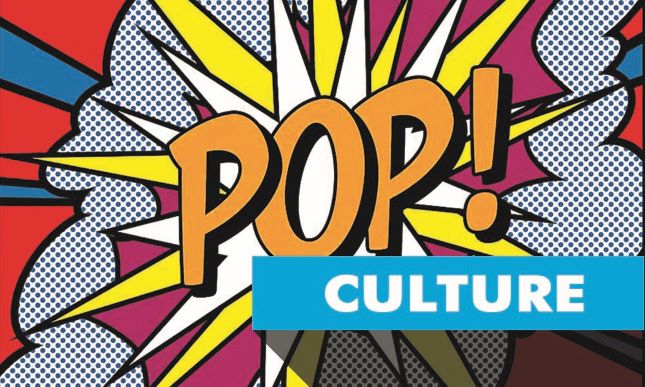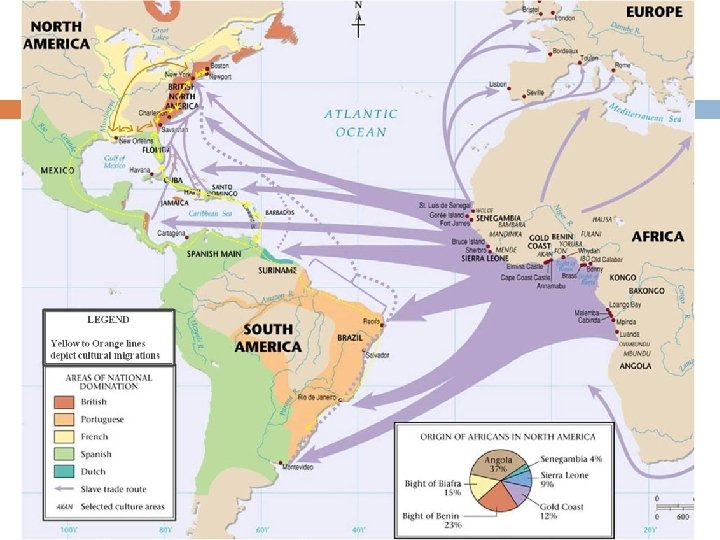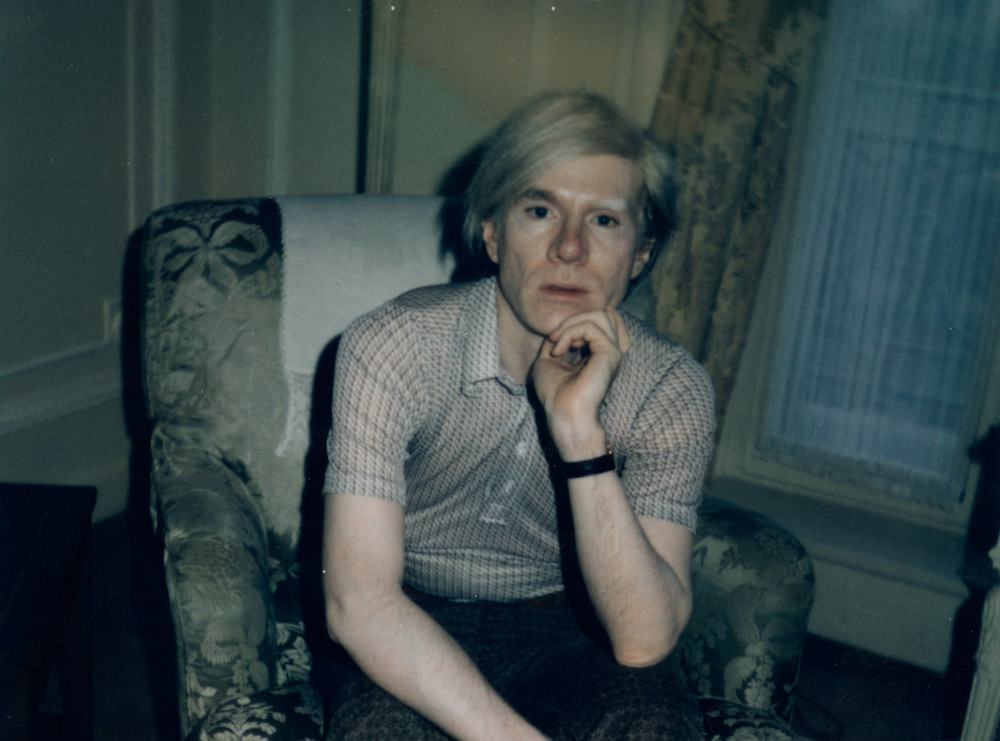
Leo Frobenius theories form the basis for the concept of cultural dissemination. In his 1897 book Der westafrikanische Kulturkreis, he described the phenomenon. Today, cultural diffusion has been deemed a major driver of globalization. There are two main types of cultural diffusion: inter-cultural and contagious. Both types of dissemination spread knowledge in similar ways. Both are vital to globalization. However, these are not the only types that can be used for diffusion.
Inter-cultural diffusion
Inter-cultural dissemination is the spreading of ideas or concepts between cultures. Once the idea or the concept is introduced to a new culture the adopters give it new life. For instance, the Mayans invented the concept zero. This idea was later incorporated into a larger system for mathematics. Similar to chess, it originated in India but was later spread to Persia then to Europe.

Hierarchical diffusion
Hierarchical dissemination is the process by which ideas flow from one source to another. Hierarchical diffusion comes from government, business and the military. A simple example is fads, which start in a specific community and spread from there to the general population. Example: Hip-hop music emerged in urban areas. It quickly spread across the globe. Slang expressions have a long history of hierarchical diffusion. They originated within one age group, and later reached a large audience.
Contagious diffusion
Commonly, cultural diffusion is defined as the "spreading of ideas through contact or distance." It is the transmission of an idea from one person to another. This is called diffusion. It happens quickly when people share the idea. Because it spreads quickly, it's often compared as a forestfire. There are three subtypes of diffusion: contagious, expansion, and re-invention. Because it spreads more quickly and is harder to contain, the second type of diffusion is more dangerous.
Stimulus diffusion
Cultural diffusion occurs when a new idea, or concept, is exposed to another culture and its adopters give it new life. For example, consider the Mayans who first came up with the idea of zero. It was then diffused to India. It was then integrated into a larger system of mathematics. The game of chess also originated in a different culture, but it was later diffused to Europe.
Relocation diffusion
Cultures are created through the movement and relocation of people. People move to new places and bring with them innovation and cultural traditions. As a result, their culture becomes integrated into the new society and influences the culture of the new area. This process is called expansion diffusion. This process is caused by mass immigration, including people who were born in other countries or who were compelled to migrate to a new place. The Southern United States' culture is influenced, in part, by African, Caribbean and other cultures.

Expansion diffusion
Expansion Diffusion refers to the spreading of ideas and concepts across a population. The new ideas are continuously affecting people, and this number is increasing with time. There are three types. One is contagious dissemination, where ideas or concepts are quickly passed from one person and to the next. You can see this kind of diffusion in viral videos. It's important to understand how each type of expansion diffusion works before implementing it in your classroom.
FAQ
What is pop media culture?
Pop culture is all around us. It is everywhere: TV, radios, films, music, magazines and newspapers, websites, social media, etc. It's all around us 24 hours a day. It is everywhere, including our clothing, food, language, politics, religion, and music. So what exactly is pop culture? According to Wikipedia, "Popular culture (or popular culture) refers to the products and ideas produced for mass consumption in society." Many believe this applies to entertainment such as movies, TV, music and fashion. Pop culture is not just entertainment. Pop culture refers to everything that's consumed by the masses. This includes fast food and video games as well as toys and clothing.
What are examples of pop culture today?
Pop Culture is a 21st-century art form. Pop Culture covers all aspects of popular entertainment. It includes music, film, TV, video game, fashion, advertising, comics and so on. The term was first used by Neil Postman in his 1985 book Amusing Ourselves to Death. Pop refers to mass communication that uses formulaic and cheap tricks to create an illusion or spontaneity.
However, he noted that most people do not experience true enjoyment because they have become conditioned to seek media experiences that make them feel superior to others. He claimed that young adults have lost their ability to think critically due to this type of cultural expression.
Pop culture can also refer to popular culture and consumerism.
Why is pop music so popular?
Pop music is fun because it is entertaining! Pop music can make you feel happy and give you a feeling of freedom. Pop music is a popular choice and people can think about whatever they want. They don’t have to worry what other people think. Pop music is a hugely popular genre. People love songs that make them happy. Turn on the radio to hear upbeat music if you're feeling low. You might even find yourself singing along. Pop music is a success because of this.
How did pop culture come to be?
It was an accident. The first song was written by mistake when someone accidentally knocked over a piano while playing around on New Year's Eve in 1920.
The recording company liked what it heard and decided that the single would be released.
This was the first hit single.
Pop music has been the most loved form of musical entertainment since then.
What does pop culture teach us?
Our society today is more concerned with material goods than everything else. This is especially true of young people. They spend hours daily looking at screens. They spend hours looking at screens, playing video games, and surfing the internet. All of these distract them from the task at hand, which is to complete school work. As a consequence, they often fail classes.
It is a world where everyone wants in. That means being popular. Popularity is dependent on having money, clothes, or other possessions. This leads some people to do things that aren't right.
Technology has made us dependent. We now have access to all types of information thanks to technology. However, not all information is accurate. Many false rumors circulate on the Internet. These rumors spread quickly as people share them via social media. It's easy for people to post things without checking if they are true.
People have lost the ability of thinking critically. They trust everything they read online. They believe what they see on TV and in magazines. They stop thinking for themselves. Instead, they follow the flow of others.
When we rely on others to tell us what's happening, we lose control over our lives. Pop culture encourages us to rely on others. It also makes us lazy. We don't always see the truth, but it is there.
What is popular culture in the world of music?
Popular Music Culture takes many forms.
Popular music culture is defined by its use of certain styles of music (e.g., rock, jazz) and lyrics. It also includes visual media, like television, fashion, advertising and film, that have an impact on the careers of artists and public perception.
It's also how fans interact and support their favorite artists.
A key element of popular music culture are the "superstars", which are musicians who have achieved fame or fortune.
These stars often transcend genres, becoming cultural icons and influencing the evolution of popular music.
Other elements of popular music culture include:
* The rise of recording technology -- from acoustic instruments and electric guitars to microphones and microphones.
* The inventions of the record player, the radio and other electronic devices.
* The birth and rise of rock & roll.
* The introductions of film and television;
* The birth MTV and VH1
* The creation or the Internet.
How did pop culture develop?
Technology drove the development of popular culture. It developed with the rise of mobile technology. The invention of the radio enabled mass communication. This made it possible to create television, which was then used to develop the internet.
People began using computers at home, and were then exposed to computer games. These games were played with consoles such the Sony Playstation 3 and Nintendo Wii. These games are now available online for free. Consequently, many young people play video games instead of watching TV.
Video games are very common among children and teens. You can play them alone or with your friends online. Call Of Duty, Grand Theft Auto and other violent games can be dangerous. Some parents are worried about their children playing these video games. Others find it interesting to see what happens if a character dies.
Music videos are another way youth can be influenced by pop culture. They offer information on current celebrities and trends. These celebrities are a favorite of young people. There's no doubt about it: music plays a big part in our lives!
Music videos are often made by artists who add special effects to their songs. To make their appearance more attractive, rappers may wear makeup or wigs. To show off their bodies, some musicians are willing to put themselves through extreme physical hardships. Many singers sing while wearing costumes.
Today there is so much music to choose from. You can listen whatever music you want. But this isn't always good news. Music can be a motivator for violence. Some lyrics or words can cause people to get mad. Sometimes they even commit crime.
50 Cent was a victim of this phenomenon recently. He sang Get Rich Or Die Trying. It contains the line "I'm gonna shoot a momfucker down / Although I don't understand why but I might." People thought this meant that he would commit suicide. A man called him up and threatened him. So 50 Cent changed the lyrics. Now, it says "I'll shot a bitch down/I don't know how but I might."
Popular culture is essential. It's important that we understand how it affects and impacts us. If we don’t understand how it affects us, we won’t be able prevent its harmful effects.
Statistics
- According to CNBC.com, “more than 70% of the film's revenue came from countries outside the US” (https://www.cnbc.com/2019/01/08/aqua...nal-sales.html, ret. 8/18/19). (socialsci.libretexts.org)
- Latinos represent roughly 19% of the U.S. population. (npr.org)
- According to Kathryn Sorrells (2013, pp. 142-144), there are several ways that we can become informed consumers of popular culture. (socialsci.libretexts.org)
- Less than a decade later, that statistic rose to 90% (Dager, n.d.). (socialsci.libretexts.org)
- For example, the term hater meaning someone who strongly undermines or criticizes others, often due to pathetic jealousy, likely emerged from hip hop culture, such as the term playa hateras, used by influential rapper Biggie Smalls as early as 1995. (simplicable.com)
External Links
How To
What are some famous pop culture references?
Americans were obsessed about space travel during the 1960s. Star Trek was the most popular TV series at that time.
From 1966-1969, the original series aired at NBC. It starred William Shatner as Captain Kirk, Leonard Nimoy as Mr. Spock, DeForest Kelley as Dr. McCoy, James Doohan as Scotty, George Takei as Sulu, Majel Barrett Roddenberry as Uhura, Nichelle Nichols as Lieutenant Nyota Uhura, Walter Koenig as Pavel Chekov, and Grace Lee Whitney as Yeoman Janice Rand. (Wikipedia)
In 1967, Paramount Pictures released the first feature movie based on the series. Paramount Pictures released "Star Trek" as the title. The movie, directed by Robert Wise, featured an ensemble cast including William Shatner, Leonard Nimoy, DeForest Kelley, James Doohan, Walter Koenig, Majel Barrett, Roland Nichelle Nichols, George Takei, and Grace Lee Whitney. (Wikipedia)
The second season of the TV series started airing in 1968. This season focused on the crew traveling back in time to 1969. (Wikipedia)
A few years later, in 1971, the third season of the television series started airing. The third season featured a new character, Commander Richard A. Morn. He was an officer in Starfleet who was born on Earth, 2063. (Wikipedia)
A live-action spinoff of Star Trek: Planet of the Apes was also produced during this period. It aired between 1972 and 1974. (Wikipedia)
The television series' fourth season premiered in 1973. This season introduced Lt. Ilia (the new character) and Ensign Ro Laren. Both were played by Marina Sirtis. (Wikipedia)
In 1975, the fifth season of the television series premiered. It was the last episode of the television series before it went on hiatus. (Wikipedia)
There were several attempts to revive the series after it was cancelled. Some of them were a 1977 pilot episode called "Where No Man Has Gone Before", which was unsuccessful in finding a partner studio or network. (Wikipedia)
There has also been a 1998 animated series called "Star Trek: New Voyages". It lasted 13 episodes. (Wikipedia).
In 2009, the sixth season of the television series returned after a seven-year hiatus. It was titled "Enterprise". It ran for five seasons before it ended in 2013. (Wikipedia)
In this period, three feature films were also produced. The first film was released in 1979. It was known as "Star Trek: The Motion Picture." Nicholas Meyer directed it. It starred William Shatner and James Doohan as well as Leonard Nimoy and Walter Koenig. Majel Barrett Roddy and Ricardo Montalban were also featured in the film. (Wikipedia)
The sequels were released in 1982 & 1987, respectively. They were titled "Star Trek II: The Wrath of Khan" (or "Star Trek III): The Search For Spock. Nicholas Meyer directed them both. (Wikipedia)
2001 saw the premiere of the seventh season. It was titled "Encounter at Farpoint". It was the first episode of the show's history without guest stars. (Wikipedia)
In 2005, the final episode of the series aired. It was called "All Good Things ...".". Ronald D. Moore wrote it. David Livingston directed it. (Wikipedia.)
Star Trek TV premiered a brand-new show in 2008 called "Trek Nation". It was called Trek Nation. It is currently airing on CBS. (Wikipedia) "Trek Nation" is a story about a group of people with different backgrounds who join forces to create their version of United Federation of Planets. Their goal: to help other worlds reach peace. (Wikipedia). "Trek Nation", a fascinating concept, shows how different people can come together and make something positive. (YouTube Video)
It is a good idea to read books about Star Trek's timeline. Gary Wolfe has a book called "Star Trek Chronology". You can also find many other books online.